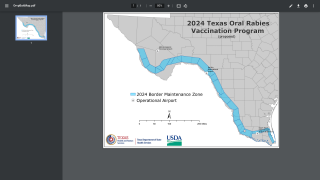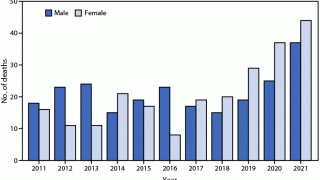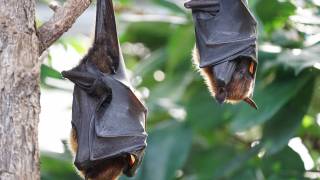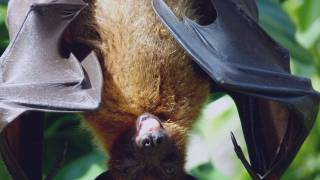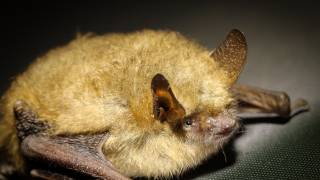These Rabies Deaths Could Have Been Avoided
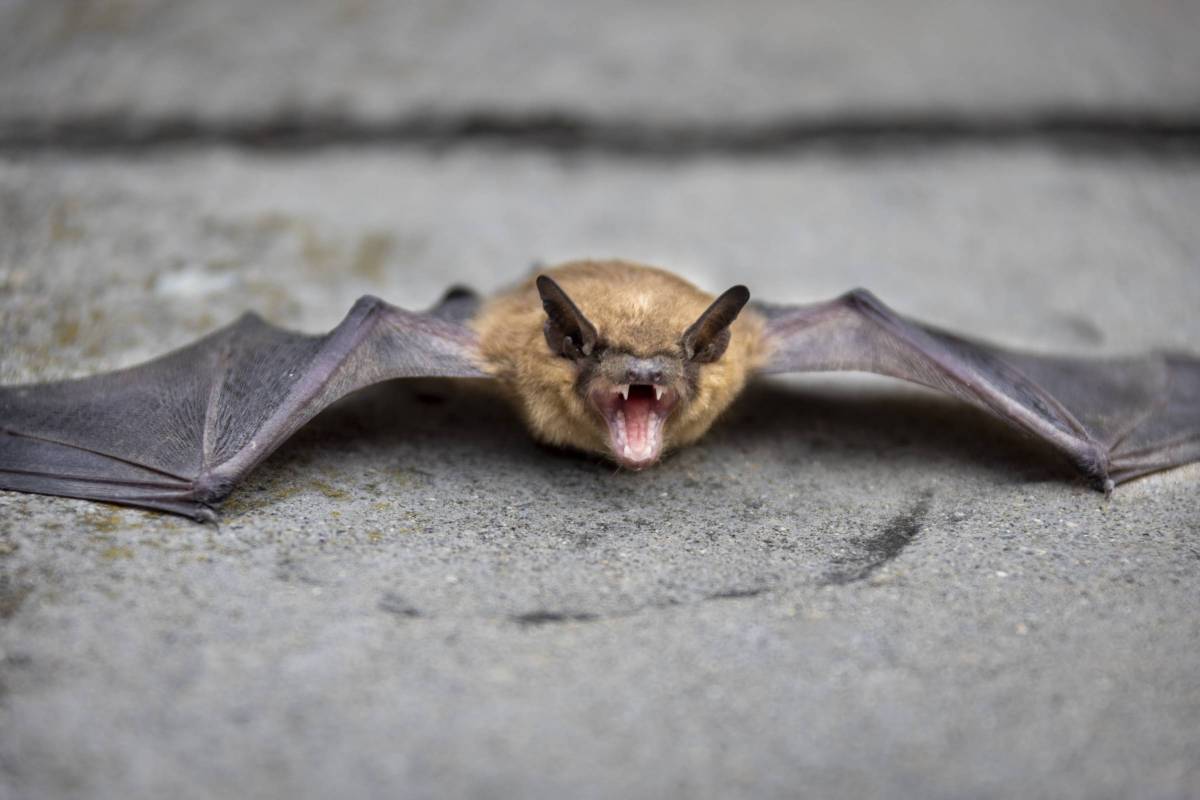
The U.S. CDC issued a Morbidity and Mortality Weekly Report (MMWR) today confirming three human rabies deaths in the United States during late 2021 could have been avoided.
The persons from Idaho, Illinois, and Texas did not seek postexposure prophylaxis (PEP) after bat exposures.
Two bat-associated cases in fall 2021 were considered avoidable exposures: one was attributed to a bat roost in the patient’s home, and the other was the patient picking up the bat with his bare hands.
The typical incubation period from exposure to symptom onset is 3–12 weeks. Rabies is nearly always fatal once symptoms develop.
All three patients had recognized direct contact (e.g., bite or collision) with a bat approximately 3–7 weeks before symptom onset and died about 2–3 weeks after symptom onset.
One patient submitted the bat responsible for exposure for testing but refused PEP, despite the bat testing positive for rabies virus, due to a long-standing fear of vaccines.
The other two patients did not realize the risk for rabies from their exposures, either because they did not notice a bite or scratch or did not recognize bats as a potential source of rabies.
This increase in bat-associated human rabies deaths in the United States followed only three deaths during the previous 48 months.
Although human rabies deaths in the U.S. are rare, rabid animals and rabies exposures are relatively common, says the CDC.
Since 2014, all states except Hawaii have reported rabid bats.
During 1960–2018, approximately 70% of 89 human rabies cases acquired in the U.S. were caused by exposures to bats, not dogs.
Before 1960, bites from rabid dogs caused most human rabies cases in the U.S. This decline can be traced to pet-vaccination programs and leash laws enacted in the 1950s.
In 2020, public health programs tested approximately 24,000 bats for rabies, 1,401 (5.8%) of which were confirmed positive.
The CDC estimates that 60,000 persons receive rabies PEP following animal exposures each year.
PEP should be considered for any person who has direct contact with a bat unless the bat tests negative for rabies or public health officials can be reasonably certain there is no exposure risk.
Bats are ecologically critical species with seasonal activity patterns.
Although bat activity is reduced in the winter months, increased human-bat contacts often occur in late spring and early fall. Avoiding contact with bats is the best way to protect human health.
When human-bat contact is unavoidable, bat rabies testing and PEP are highly effective strategies to save human lives.
There are rabies vaccines approved in the U.S. containing inactivated rabies virus and are considered equally safe and effective. They can be used to prevent rabies before and for a period of time after exposure to the rabies virus:
- HDCV vaccine (Imovax) is produced in human diploid cell culture.
- PCECV vaccine (RabAvert) is produced in chick embryo cell culture.
The CDC says the estimated public health expenditures on rabies disease diagnostics, prevention, and control in the USA is over $245 million annually.
According to the CDC, these costs can be reduced with increased animal awareness and access to PEP treatments.
Our Trust Standards: Medical Advisory Committee
